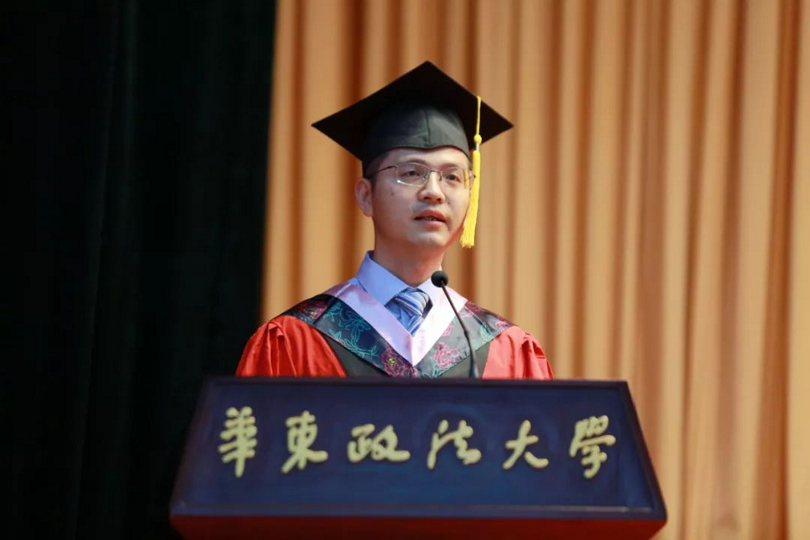The stratification of religious communities in China had been shifting towards the urban, the young, and the elite populations, a professor concluded.
In his lecture on the status quo and relationship of religions, Professor Feng Li from the School of Social Development of the East China University of Political Science and Law delivered a lecture titled "The ‘Five-More’ or ‘Three-towards’? Changed and Unchanged Elements of Believer Stratification in Contemporary China: Data Analysis Based on CGSS2010-2017".
The 2021 Academic Annual Conference of the Chinese Sociological Association was hosted at Southwest University in Chongqing, from 16 to 18 July, 2021. Themed "Indigenization and Discourse Construction in the Study of the Sociology of Religion in the New Era", the Sociology of Religion Session of the conference was held on Jul 17, mainly composed of featured presentations, comments, and free discussions.
A total of 21 scholars were invited to the one-day Sociology of Religion Session to give speeches on four topics: sociology of religious theories, the status quo of and relationships between religions, governance of religion, and religion and real-life world.
"The 'five-more' refers to the demographic features of religious believers, while ‘three-towards’ refers to a new trend in recent years.” Professor Li explained, “Among believers of various religions in China, many are from the elderly, female, illiterate (low social class), rural and physically weak populations, that is ‘five-more’. And the ‘three-towards’ means the trend towards urban, younger, and elite populations. These two phenomena coexist in today’s Chinese society.”
Li shared, “The ‘five-more’ can be explained by different theories, such as risk preference. Yet changes in Chinese society have led to changes of social class and demographic features.”
He then elaborated his arguments concerning “three-towards”, “In 2011, China’s urban population outnumbered that of rural areas. The latest census shows that the urban population has reached 64%, well ahead of the rural population. Does this demographic structural change lead to changes in the structure of believers? Secondly, as the middle class expands and the number of white-collar workers in the city increases, does the ratio of middle-class urban believers grow accordingly? Thirdly, in terms of generational replacement, as people born in the 1980s grow into the main force of society, does this raise the percentage of young adherents among the total number of believers?”
Professor Li further explained the methods and results of the data analysis, “Considering the factor of urbanization, we introduced a balance of urban and rural weightings to achieve precise results. For the tests of the 'five more, we found no difference between genders in folk religion followers, while for other beliefs, female religious people generally outnumber male believers. There is indeed a gap between rural and urban populations as well, with a larger number of religious believers in cities. However, it varies among different religions in terms of indicators like age, educational level, socioeconomic status, and family income, and we could not make a universal conclusion.”
- Translated by Grace Song












